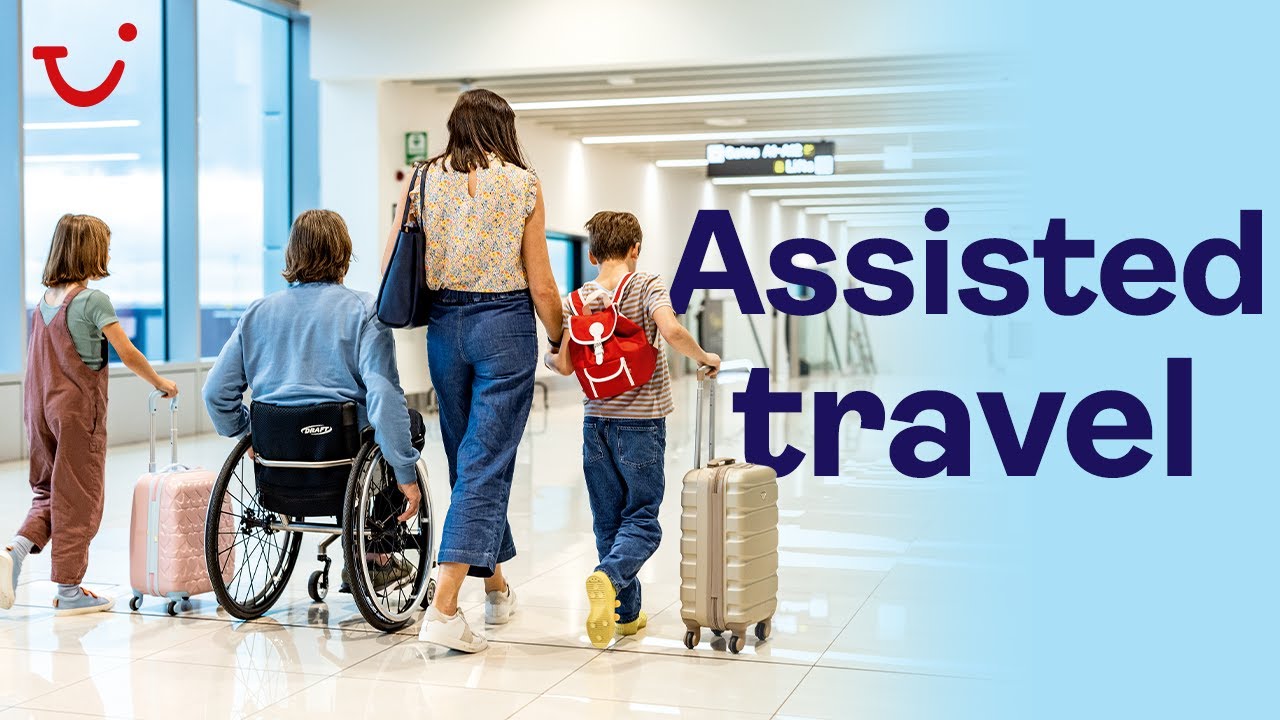Assisted travel for elderly individuals presents unique challenges and opportunities. This guide explores the diverse range of services available to seniors seeking to travel comfortably and safely, addressing accessibility, safety concerns, and the emotional well-being of older travelers. We’ll delve into various modes of transportation, highlighting features designed for accessibility and discussing the crucial safety measures implemented by travel providers. Understanding the cost implications and leveraging technological advancements are also key elements we’ll examine to ensure a positive and enriching travel experience for everyone.
From planning the trip to navigating airports and cruise ships, we aim to equip seniors and their families with the knowledge necessary to make informed decisions and enjoy worry-free journeys. We will also touch upon the emotional and psychological aspects of travel for seniors, providing strategies to promote a positive and comfortable experience.
Safety and Security Measures
Ensuring the safety and well-being of elderly travelers is paramount in assisted travel. Reputable providers implement a range of measures to mitigate risks and provide peace of mind for both the traveler and their family. These measures go beyond standard travel safety protocols, addressing the specific vulnerabilities of older adults.
Assisted travel providers prioritize proactive safety measures, integrated emergency response systems, and comprehensive communication strategies to minimize potential hazards. They understand that the elderly may have specific health concerns or mobility limitations requiring tailored safety protocols. Best practices focus on pre-trip planning, real-time monitoring, and immediate response capabilities during travel.
Potential Safety Risks and Mitigation Strategies
Several potential safety risks are unique to elderly travelers. Addressing these requires a multi-faceted approach encompassing pre-emptive planning and reactive emergency protocols.
- Risk: Falls and Injuries: Elderly individuals are more prone to falls. Mitigation: Assisted travel providers often select accommodations with accessible features (e.g., grab bars, ramps), provide assistance with luggage and mobility aids, and may include fall risk assessments in pre-trip consultations. Travel itineraries may also prioritize less strenuous activities.
- Risk: Medical Emergencies: The risk of sudden illness or injury increases with age. Mitigation: Providers maintain detailed medical profiles of travelers, carry appropriate first-aid kits, and have established partnerships with local medical facilities. Travel insurance covering medical evacuation is often included in the package.
- Risk: Medication Management: Managing medication correctly while traveling can be challenging. Mitigation: Assisted travel providers offer medication management support, ensuring travelers have their prescriptions readily available and are taking their medications as prescribed. They may even coordinate with pharmacies to ensure a smooth medication supply chain.
- Risk: Cognitive Impairment: Some elderly travelers may experience cognitive decline, increasing their vulnerability to disorientation or confusion. Mitigation: Providers offer personalized support, including constant supervision, frequent check-ins, and clear communication to ensure the traveler remains oriented and safe. They may use GPS tracking devices for added security.
- Risk: Theft or Scams: Elderly individuals may be more susceptible to scams or theft. Mitigation: Providers advise on safety precautions, such as securing valuables and being aware of potential scams. They may arrange for secure transportation and guide travelers on safe practices in unfamiliar environments.
Emergency Protocols and Communication Systems
Effective emergency protocols and communication systems are crucial for timely response in unforeseen circumstances. These systems provide a safety net for elderly travelers, offering immediate assistance when needed.
Many assisted travel providers utilize 24/7 emergency hotlines, accessible via phone or mobile app. These hotlines connect travelers directly with trained personnel who can assess the situation, provide immediate support, and coordinate emergency services if necessary. Some providers also employ GPS tracking devices, allowing them to monitor the traveler’s location and ensure their safety. Detailed emergency contact information for family members and medical professionals is maintained throughout the journey.
Examples of emergency protocols include pre-arranged medical transport to local hospitals, immediate contact with family members in case of an emergency, and assistance with repatriation if required. Communication systems vary but often include a combination of phone calls, text messages, and dedicated apps for real-time updates and emergency notifications.
Closing Notes
Ultimately, assisted travel for the elderly is about enabling independence, promoting social engagement, and fostering enriching experiences. By understanding the various options available, prioritizing safety and accessibility, and leveraging technological advancements, we can ensure that senior travelers enjoy the freedom and joy of exploring the world. Careful planning, informed decision-making, and the right support system are key ingredients for successful and memorable journeys for our older loved ones.

